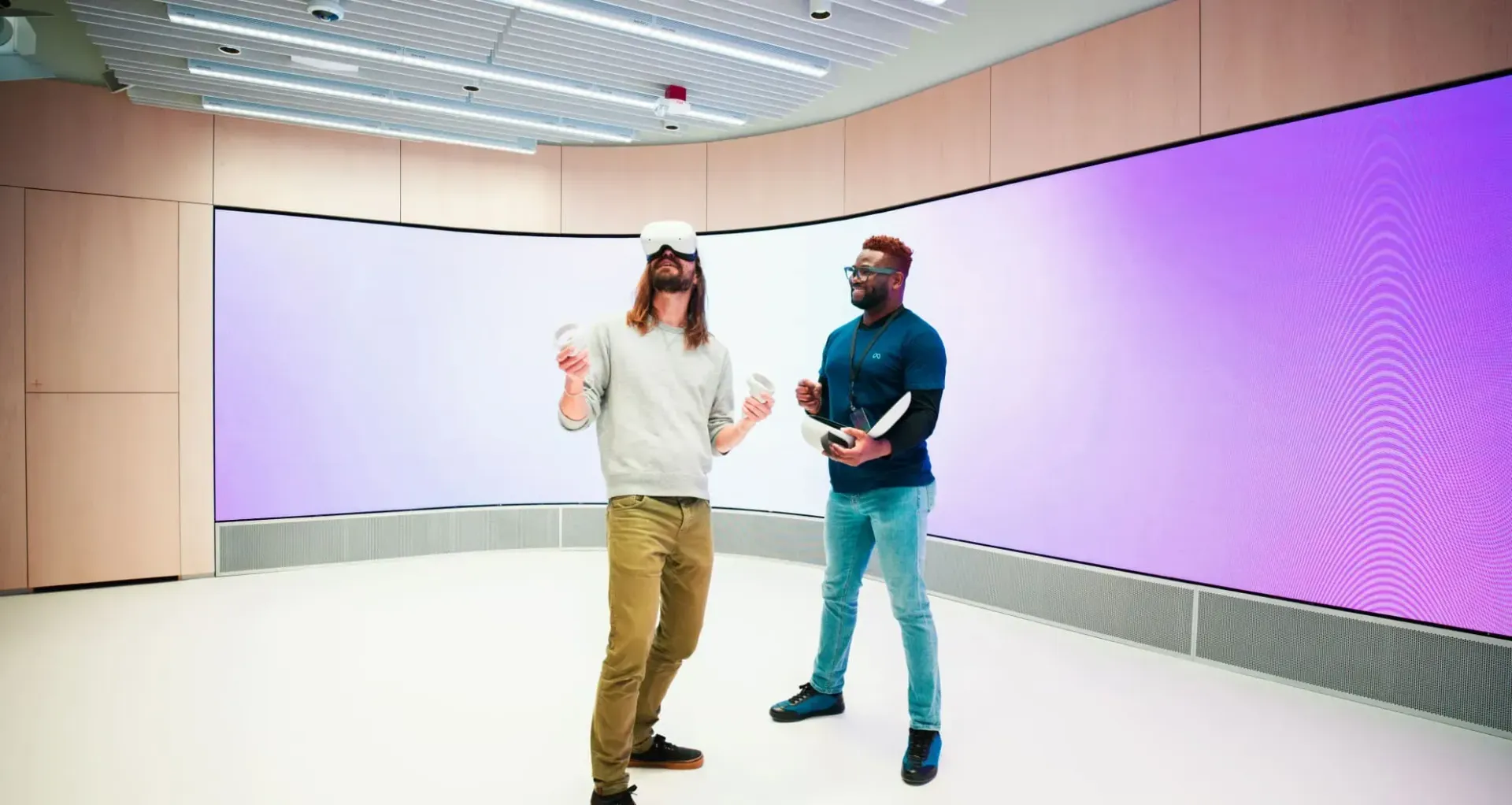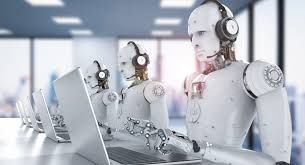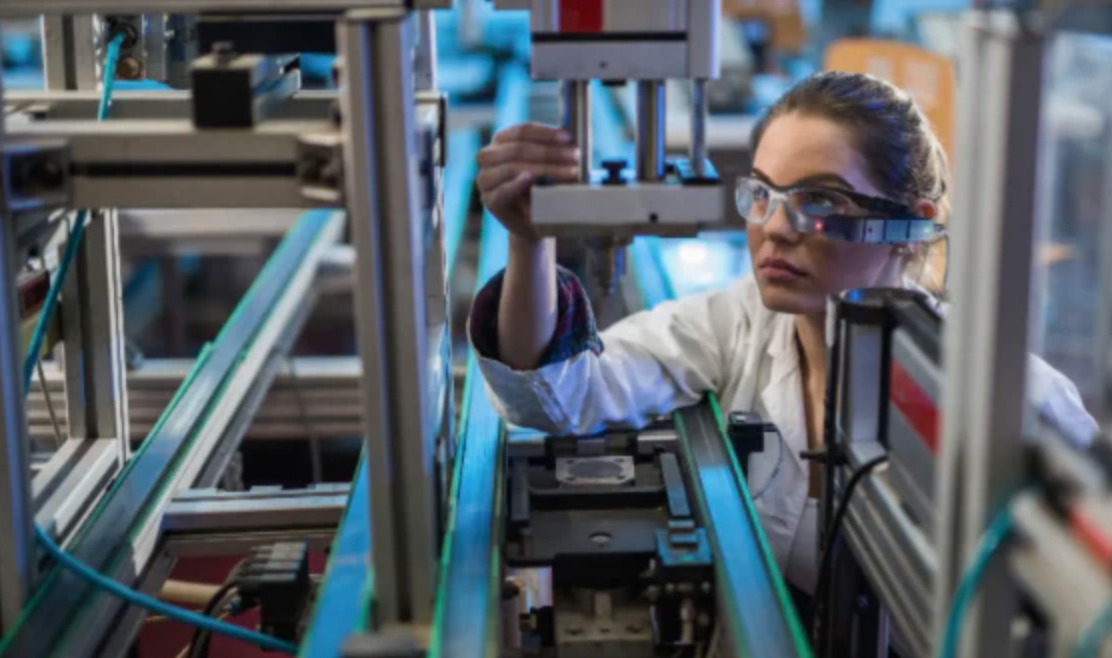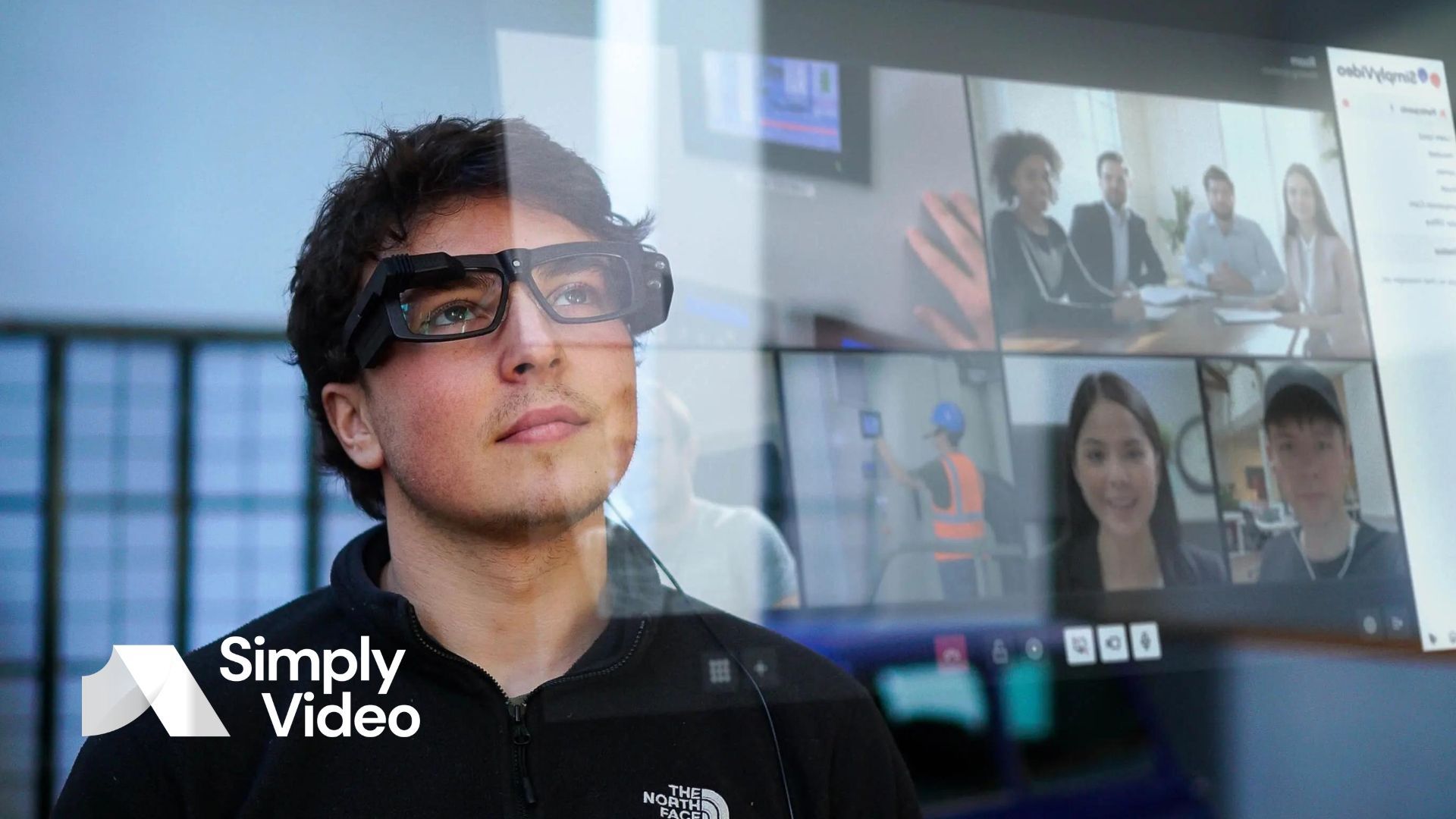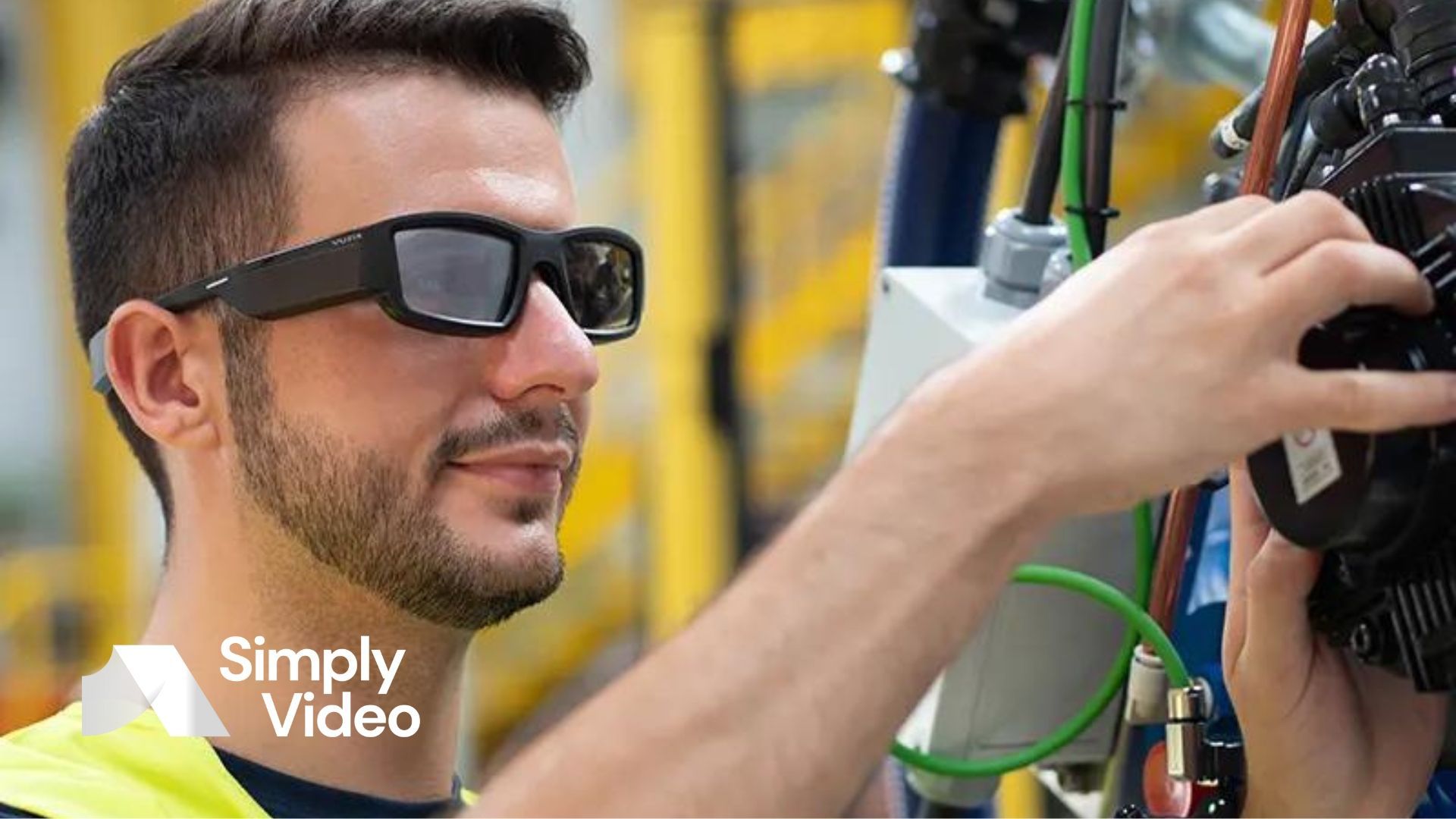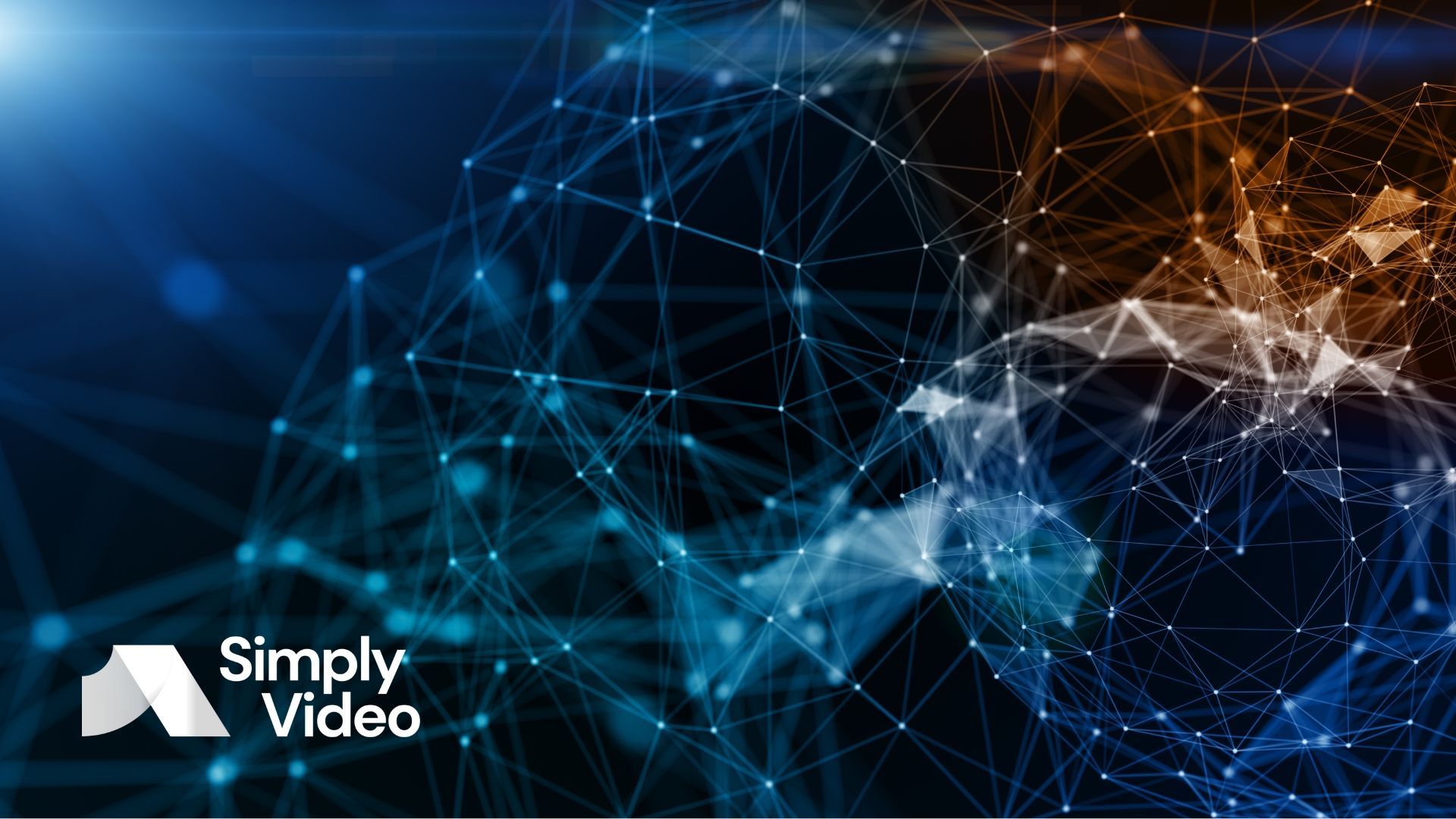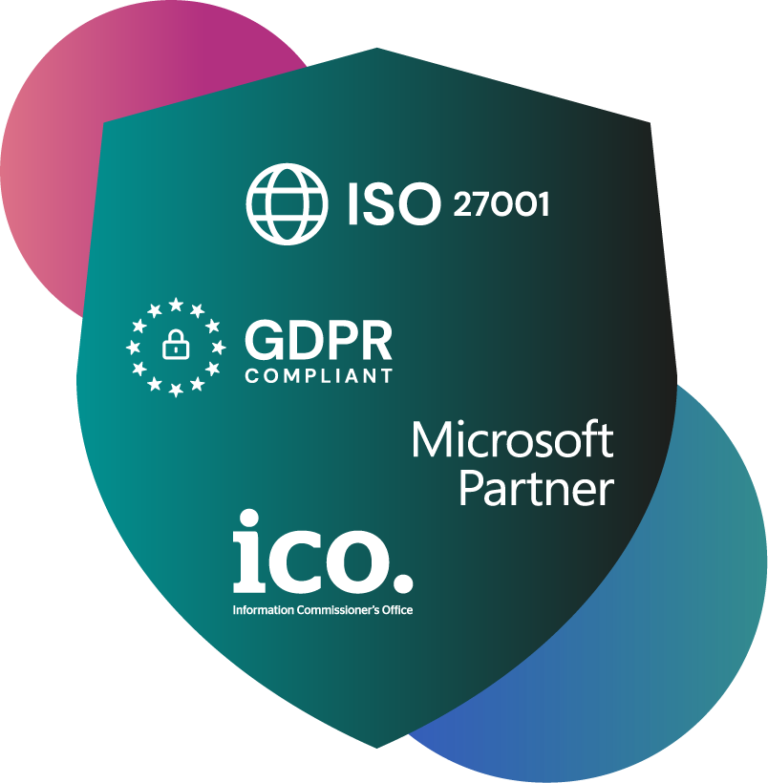5 problem-solving challenges solved by XR video collaboration
Extended Reality isn't just about fun and games – it can also help businesses to solve day-to-day problems. Join us as we look at five of the best.
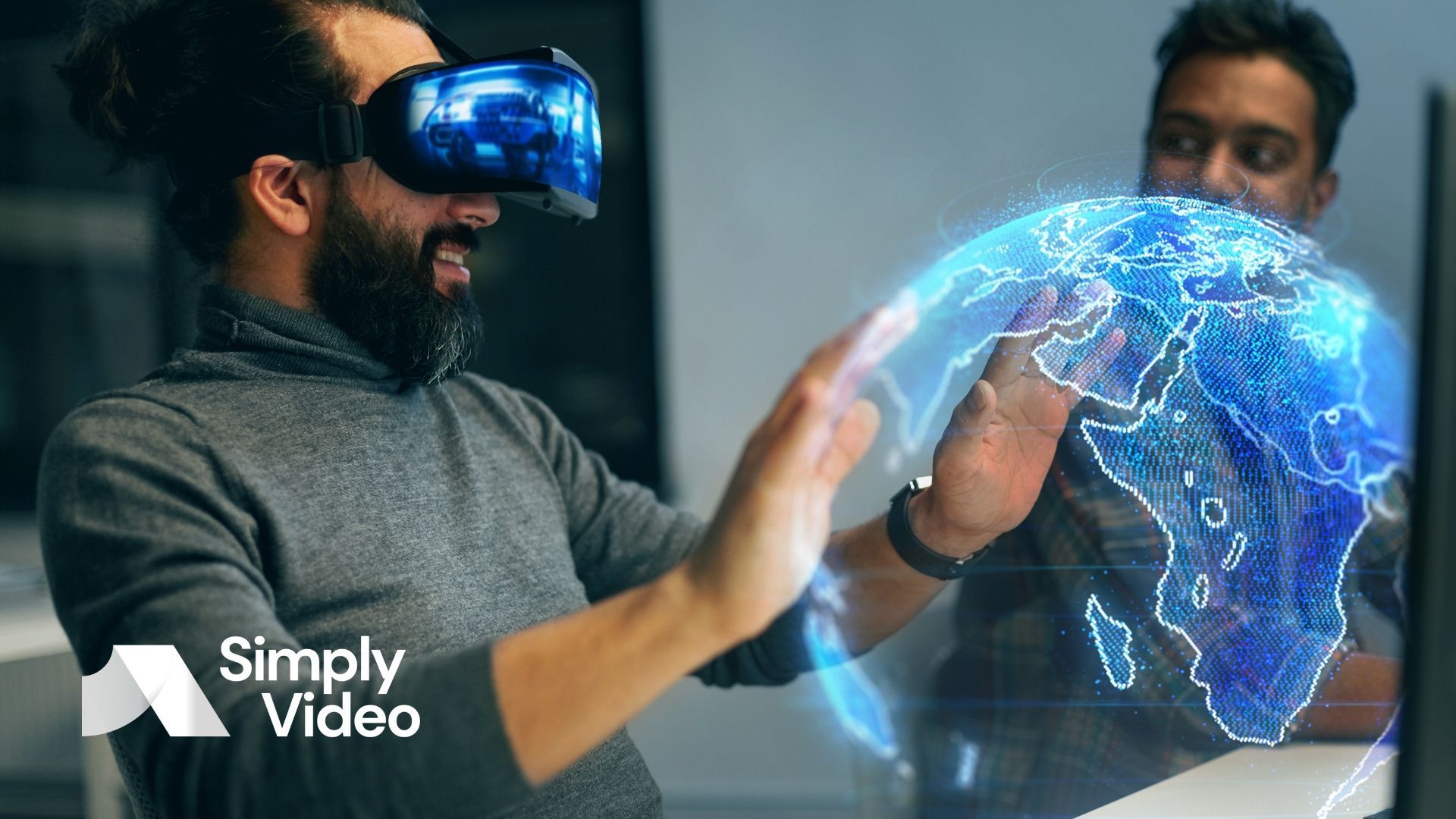
XR, or extended reality, is an umbrella term for different types of enhanced reality. It ranges from the fully immersive worlds of virtual reality down to aR, or assisted reality, which displays digital information in your field of vision.
In the middle of this computer-mediated sandwich is AR (the capital A stands for "augmented"). This is where digital 3D images are overlaid on the real world. They synchronise with real-world objects and – in some cases – can be handled and manipulated as though they were real.
Broadly speaking, extended reality technologies are split into two camps. On the one hand, you have XR entertainment – VR headsets like Oculus Quest 2 and interactive games like Pokémon Go.
On the other, you have business solutions that harness these technologies to solve age-old problems. Whether you're on the factory floor or at the scene of a medical emergency, XR can break down barriers and boost remote collaboration.
It's not for nothing that Google Glass began life as a consumer gadget and was reworked as an enterprise device. Headsets, smart glasses and the like all have the power to improve day-to-day working life.
In this article, we look at five problem-solving challenges that XR can help to overcome.
1. Boring, forgettable training
Training has a bad rep. It's not just that it can be dull or that its memorability is sometimes questionable. It's also that you have to be somewhere when you could be working your way through your inbox.
XR fixes all three of these problems.
First, there's the question of dullness. This is a material problem – it's to do with the way that training is presented. Harnessing XR technology means that participants are far more likely to be engaged.
Second, what's the point of spending all this time and money on training if it goes in one ear and out the other? Extended reality provides training that's immersive and memorable. It offers life-like simulations of training scenarios that your team won't forget in a while.
And, of course, trainees can be scattered across the globe and still be looking at the same virtual objects. No more travel expenses to crunch, for a start…
2. Production stoppages
Picture the scene: it's another busy day on the factory floor when a critical piece of machinery fails.
If this happens today, you'll probably tear your hair out – not only because you'll have to halt production, but also because you'll have to fly in an expert from Bangor or Bangalore. Repair jobs have a way of soaking up time, money and energy.
With XR-enhanced remote collaboration tools, you don't need to go through this rigmarole. Your onsite technician can don an XR headset and speak directly with the experts – wherever in the world they are.
Your frontline worker can send images and videos of the problem directly to the remote expert. This dramatically shortens the time needed to fix a problem, meaning you're back up and running more quickly.
The kind of headset we're talking about is hands-free and distraction-free – so you don't need to worry about the safety of your frontline staff any more than usual.
3. Death
No, this isn't a joke. Low-bandwidth, XR-enhanced video call technology can help prevent unnecessary deaths when deployed by paramedics.
The time taken for a patient to be assessed and diagnosed can, in life-threatening situations, be the difference between loss and survival. Anything that can be done to accelerate this process has got to be a boon – right?
Video call platforms like
SimplyVideo enable paramedics to link up with specialists from anywhere in the world. The specialist can "see what they see" and have a close-up view of the situation. Using XR collaboration tools, they can even "annotate" what they see, providing visual guidance for the paramedic on the scene.
In other words, people get help more quickly.
4. Lengthy design cycles
If you work in civil engineering or design, an inveterate problem is the amount of time it takes for everyone to have a good look at each stage of the design. There's more waiting than a Beckett play (and less laughter).
One of XR's most practical functions is its ability to overlay 3D objects on your real-world environment. Just as your player of Pokémon Go sees their prey leaping across the road in front of them, so a design team can all look at the same 3D object – even if they're scattered across the globe.
Objects can be rotated, handled and annotated. It makes teamwork a walk in the park. In fact, you could be walking in the park as you see the latest design stage presented to you in a virtual space. (You might get some funny looks, though.)
5. Inaccurate health and safety inspections
Ever heard of the Hawthorne effect? In sociology, it's the concept that people change the way they behave when they know they're being observed.
It's something that anyone who's danced alone in the kitchen will testify to. But in the context of health and safety, it can really throw a spanner in the works.
How can inspectors know what health and safety standards are like from day to day if everyone's on their best behaviour?
With assisted reality glasses, inspectors can see what frontline staff are seeing – and the staff soon forget that their work is being inspected.
XR, then, can be the difference between an accurate health and safety report and one that doesn't quite paint the real picture.
At SimplyVideo, we provide a low-bandwidth, XR-enhanced
video call platform that's supported by most devices. Interested?
Sign up for a free, 30-day trial.
